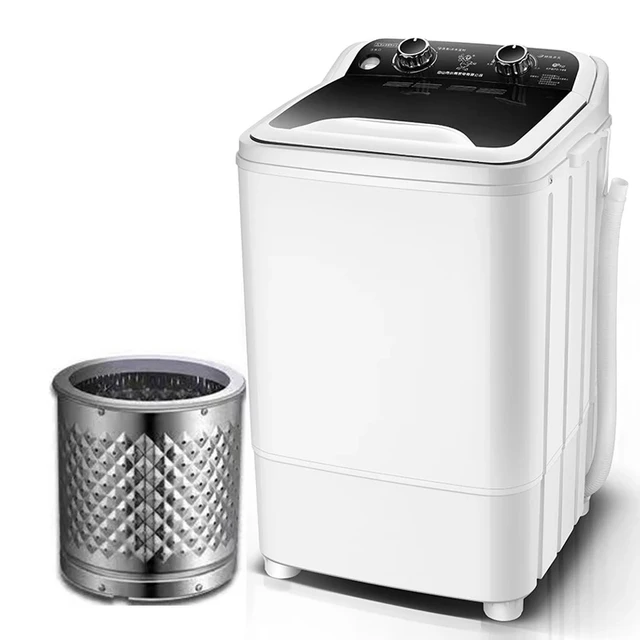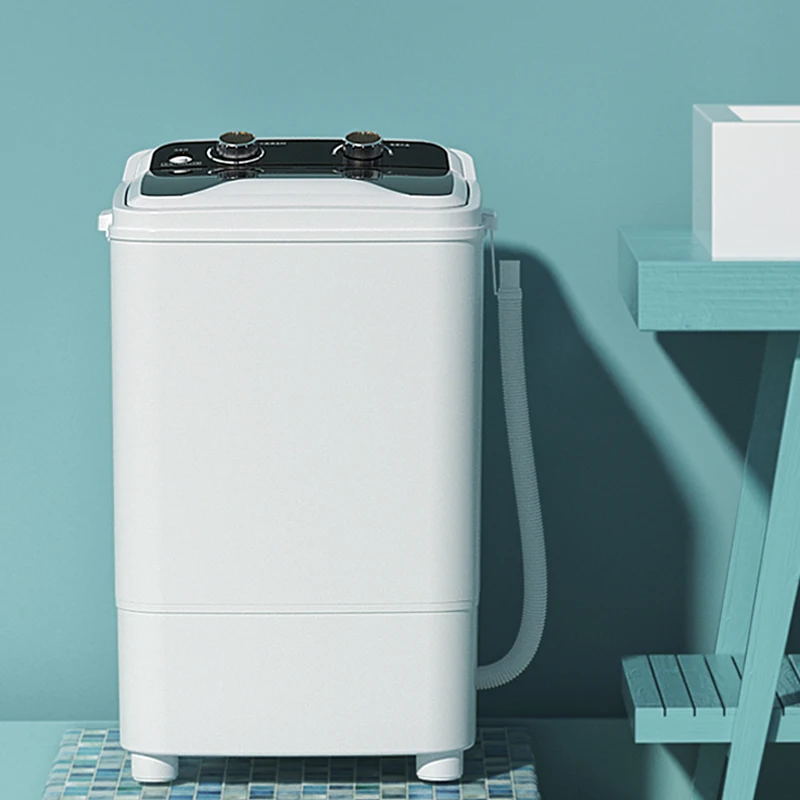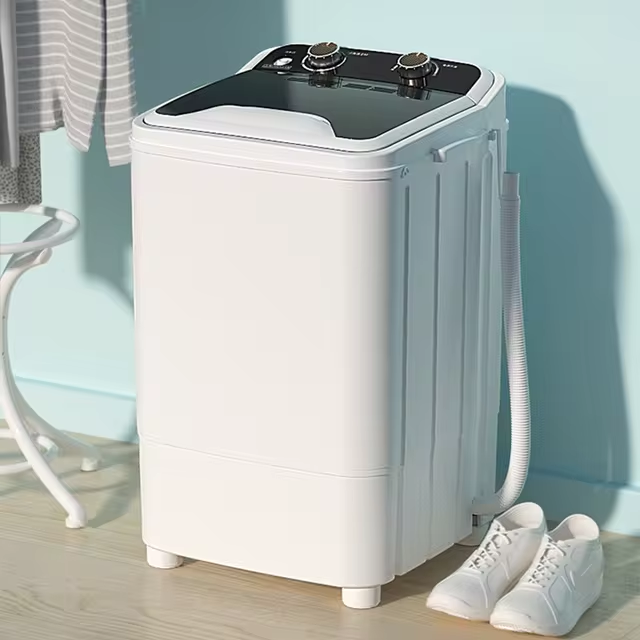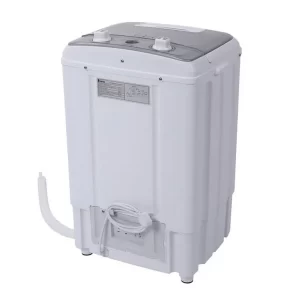Why Washing Machine Not Spinning But Making Noise
When your washing machine is not spinning but making noise, it can be a frustrating experience, especially after a long day. You might be asking yourself: What could be wrong with my appliance? This situation is quite common, and understanding the potential causes can help you diagnose the problem and determine the necessary steps for fixing it.
Understanding the Basics of Washing Machines
Washing machines are complex appliances that play a crucial role in our daily routine. They have various components that work together to perform the washing and spinning cycles. To effectively troubleshoot a machine that is not spinning but making noise, it’s essential to understand how these machines operate.
Components of a Washing Machine
- Motor: The motor provides the necessary power for the washing and spinning operations.
- Belt: In many models, a rubber belt connects the motor to the drum, allowing for movement during the spin cycle.
- Drain Pump: The drain pump is responsible for removing water from the machine after the washing cycle.
- Control Panel: The control panel enables users to select various wash cycles, including spin options.
- Suspension System: This system helps support the washer drum and mitigates excessive vibrations during spinning.
Functionality of the Spin Cycle
The spin cycle is crucial for efficiently removing water from the clothes. During this process, the washer drum rotates at high speeds, causing centripetal force to push water out through the holes in the drum. If the washing machine fails to spin but still makes noise, it indicates that certain components are working, while others may not be functioning as intended.
Common Causes of Noise Without Spinning
When a washing machine is making noise but not spinning, several possibilities could contribute to the issue. Below are the most common culprits that you should investigate.
1. Improper Load Balancing
One of the primary reasons a washing machine may fail to spin is an unbalanced load. If you’ve overloaded the machine or the clothes are clumped to one side of the drum, the washer’s sensors may prevent it from spinning to avoid damage.
How to Fix It
- Stop the cycle and redistribute the clothes evenly in the drum.
- If the load is too heavy, remove some items and restart the spin cycle.
2. Worn or Broken Belt
The rubber belt that connects the motor to the drum can wear out over time, especially in older models. A broken or loose belt can cause the machine to make noise while failing to spin.
Signs of a Worn Belt
- Slipping noises or a screeching sound during operation.
- The drum won’t turn at all.
How to Fix It
- Inspect the belt for cracks or signs of wear.
- Replace the belt if necessary; if you’re uncertain, consult a professional technician.
3. Faulty Motor
A malfunctioning motor could be the reason why your washing machine is making noise but not spinning. The motor may start but fail to engage properly, leading to abnormal sounds.
Signs of Motor Issues
- Persistent humming or grinding noises when attempting to spin.
- Visible wear or burnt-out components.
How to Fix It
- Test the motor for electrical continuity using a multimeter.
- If damaged, consult a professional for replacement service.
4. Clogged Drain Pump
If the drain pump is clogged, water won’t be expelled from the washer, preventing the spin cycle from initiating. You may hear unusual sounds as the pump struggles to operate.
Signs of Pump Clogging
- Gurgling sounds during the wash cycle.
- Water remaining in the drum after the wash.
How to Fix It
- Unplug the washer and remove any debris from the pump.
- Check the drain hose for blockages; clean it if necessary.
5. Issues with the Control Board
The control board acts as the brain of your washing machine. If there is a malfunction or failure in the control panel, it may not send the proper signals for the spin cycle to start, resulting in a situation where the machine is making noise without spinning.
Signs of Control Board Failure
- Inconsistent cycle performance.
- Buttons that don’t respond or lights that don’t activate.
How to Fix It
- Reset the control board by unplugging the machine for a few minutes.
- If the issue persists, you may need to replace or repair the board with a professional’s help.
Steps to Diagnose the Problem
Before you jump into conclusions, always start by diagnosing the issue effectively. Here’s how you can systematically approach the problem.
Step 1: Observation
Take a moment to observe the washing machine’s behavior. Listen carefully to the noises it is making. Does the sound vary in pitch or intensity? Is it a grinding, humming, or banging noise? Identifying these patterns can provide valuable insight into what component might be malfunctioning.
Step 2: Check Load Balance
Always check if the clothes are evenly distributed inside the drum. An unbalanced load will often trigger the washer’s safety mechanisms, preventing it from spinning.
Step 3: Inspect the Lid Switch
Most washers will not spin if the lid or door switch is faulty. Check to see if it is engaging properly when the lid is closed.
How to Inspect
- Open and close the lid several times to hear if you can detect a click.
- If you don’t hear the click, the lid switch may need replacing.
Step 4: Examine the Belt and Motor
Inspect the belt and motor for signs of damage or wear. A broken belt will not be able to engage the drum, while a malfunctioning motor may need repairs or a complete replacement.
Step 5: Clean the Drain Pump
Check the drain pump for clogs, and inspect the drain hose for kinks or blockages. Remove any visible debris.
Professional Help vs. DIY Solutions
If you have exhausted all troubleshooting methods and your washing machine still isn’t spinning but making noise, you might need to consider reaching out to a professional.
When to Call a Technician
- Complex Repairs: If the issue involves intricate electrical issues or requires opening up the appliance, it’s best to consult an expert.
- Warranty Coverage: If your machine is still under warranty, opening it or making repairs yourself could void the warranty.
- Time Constraints: If time is of the essence, sometimes it’s smarter to let a professional handle the issue.
Cost Considerations for Repair
Repair costs will vary based on the issue and labor charges in your area. Here’s a general breakdown:
- Belt Replacement: $100 – $150
- Drain Pump Replacement: $150 – $250
- Motor Issues: $200 – $400
- Control Board Issues: $200 – $800
 Preventative Maintenance Tips
Preventative Maintenance Tips
To avoid future occurrences of washing machines not spinning but making noise, implementing regular maintenance can make a difference.
1. Balance Loads
Always ensure that loads are balanced. Toss bulky items in with smaller ones to help maintain equilibrium during the spin cycle.
2. Regular Inspections
Periodically inspect the belt and motor for wear, and clean the drain pump and hose to prevent clogs.
3. Use Appropriate Detergent
Using too much detergent can create excessive suds, leading to imbalances and potential breakdowns.
4. Set Preventive Maintenance Reminders
Consider setting reminders for regular checks or service, especially for older machines nearing the end of their lifespan.
Conclusion
When you find yourself in a situation where your washing machine is not spinning but making noise, it’s essential to dissect the problem systematically. Understanding the various components and potential failure points will put you in a better position to troubleshoot the issue effectively. Whether it’s checking for an unbalanced load, inspecting belts and motors, or calling a technician for assistance, being proactive can save you frustration and money in the long run. By following the diagnostic steps outlined and staying on top of maintenance, you can keep your appliance running smoothly for years to come.



